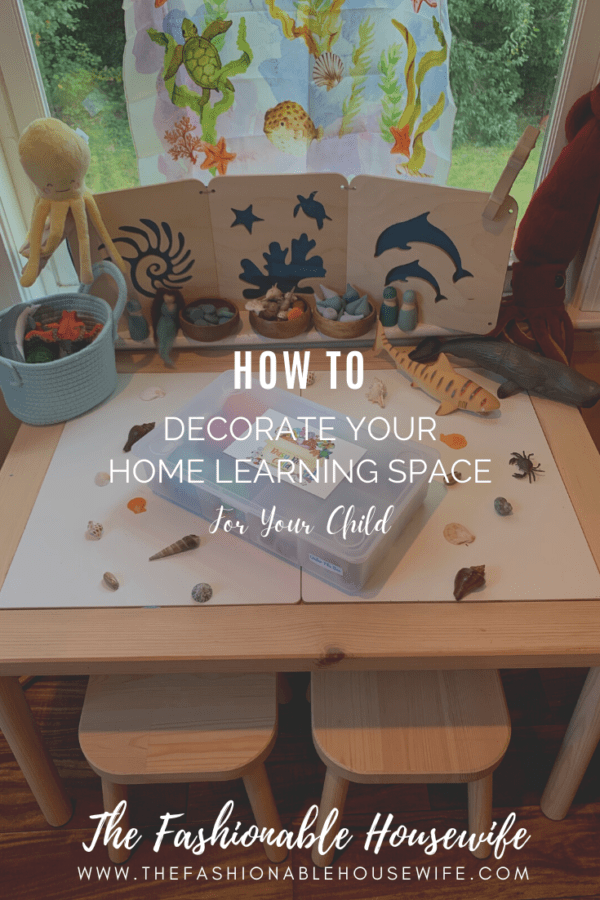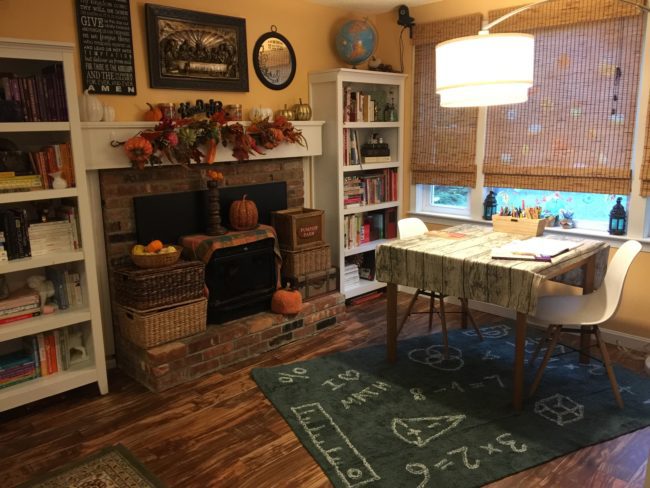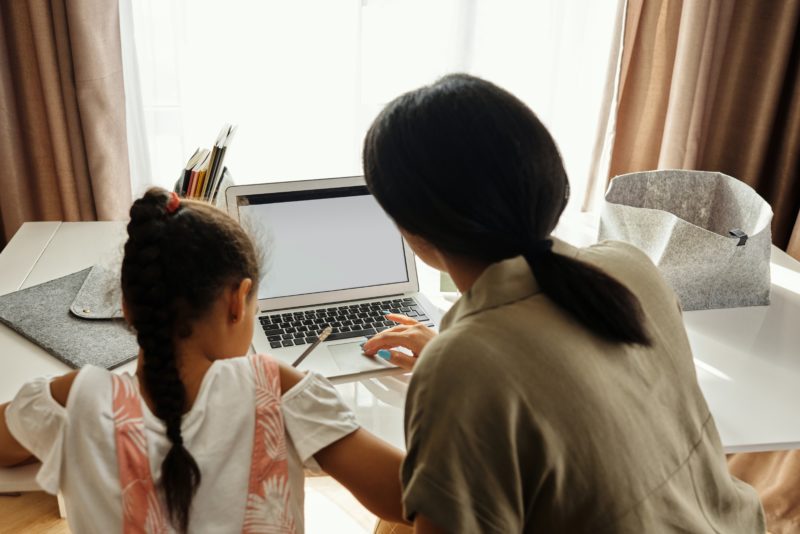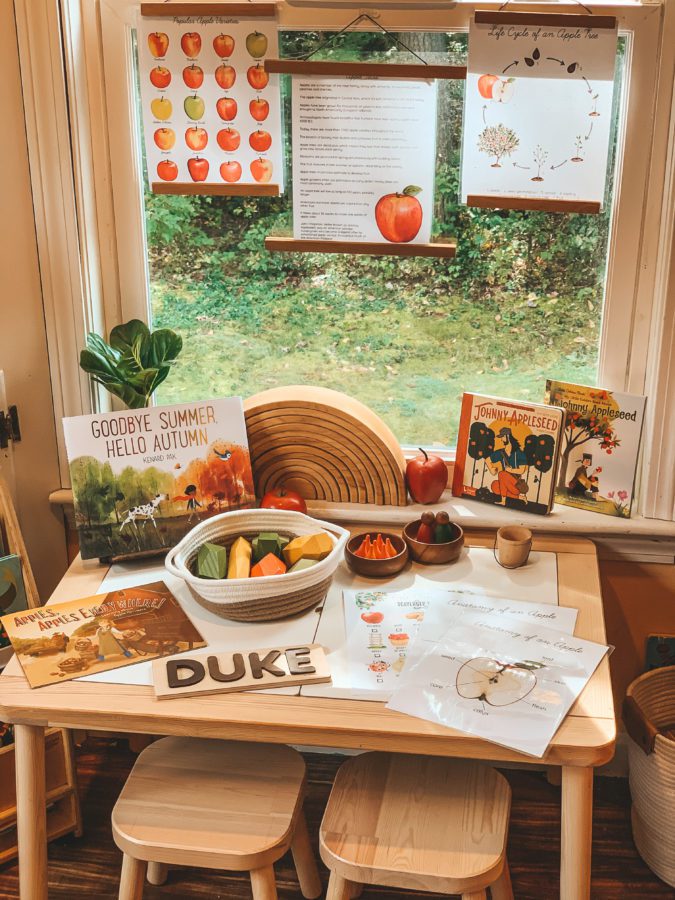
Involving your children in decorating is a great way to get them excited about learning. It also provides an opportunity to talk about school and past experiences. Parents need to create a space to help build their child’s self-esteem while making their homeschooling experience more enjoyable. Follow these simple steps below to get started with designing a home learning space perfect for your child.
The Basics of Home Learning Spaces

Before getting started, it’s essential to understand the purpose of a learning space. A learning space is a room where children will spend most of their time. Ideally, this room should be an environment that promotes creativity and learning.
There are many ways to decorate a home learning space, but it’s essential to consider what’s most important for your child. Consider these tips below:
- Don’t let your area become too cluttered or brightly lit.
- Choose a wall color that will help create an atmosphere dedicated to education and learning.
- Make sure there is plenty of storage for books and other supplies.
- You have space for pictures and learning materials you will need such as using a picture frame to hang teaching materials on the wall, shelving that can double as storage, and spaces they can relax for more informal learning methods such as reading or drawing.
Designing Your Child’s Home Learning Area

Designing a home learning space can be an exciting process, but it can also be overwhelming. Follow these simple steps to create a space that’s perfect for your child.
- 1. Set the mood
Before beginning, any decorating project, set the mood in your home by lighting some candles or turning on some music. This will help you to get into the right headspace.
- 2. Pick out your color scheme
The color scheme you choose will depend on what your child is most interested in learning about and their interests at this moment in time. For example, if your child is learning about dinosaurs, then a dinosaur-themed room is appropriate for this interest; if they’re learning about flowers, then it’s reasonable to have a floral room filled with different colors flowers and plants. You can even mix and match colors as well! Test out different combinations with your child so that you can find something they both agree on.
- 3. Pick out furniture choices
Choosing furniture for your children’s learning spaces will depend on their age and interests and the amount of space they have available to them in their rooms. For younger children, it might be best to stick with basic pieces such as chairs
Decorating Your Child’s Home Learning Space

Decorating your child’s home learning space is a great way to bring them into the process. You can involve your child in the decorating process, which will give them a sense of ownership over their learning space.
First, set up a brainstorming session with your child and discuss ideas for what they would like to see in their space. Let your kids be creative and get their ideas out on paper. If you can’t come up with any ideas, try looking through Pinterest for different ideas that may spark an idea for you!
Once you have some ideas drawn up, take those drawings to an area that works best for you and start working.
You’ll also want to get your materials together: posters (photos are also good), paints, markers/crayons, magazine clippings/pictures, old magazines, or anything else that might work well in your home learning space.



